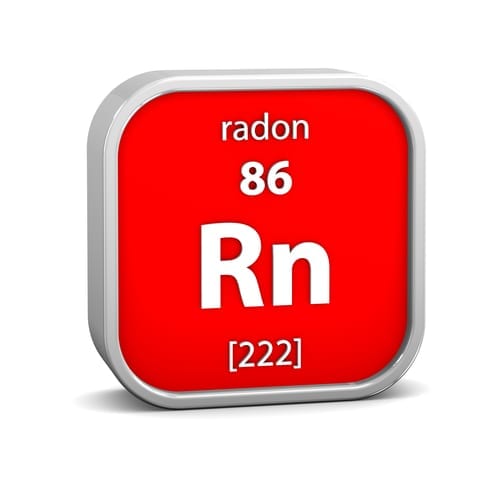It can be argued that radon is a pretty weird gas. But it’s not weird due to its smell – because you can’t smell it. It doesn’t look funny – because you can’t see it. However, radon can cause some serious health problems for you and your family if it is found in concentrated doses in your home.
The invisible, odourless and tasteless gas is created when the uranium in soil and rock breaks down. Now, you may be thinking, “there’s no soil or rock in my home!” But radon gets even weirder. You see, outside, the gas is practically harmless. But it doesn’t stay outside. It can seep into your home through cracks and collect in tight spaces. It’s important, therefore, to safeguard your home against radon.
Just how dangerous is radon exposure?
It’s bad. Simply put, long-term exposure to radon can cause lung cancer. The risk of a person getting cancer from radon inhalation depends on the level of radon and how long that person is exposed to it in concentrated levels.
According to the Government of Nova Scotia, “the Canadian guideline is based on an exposure period of about 70 years spent in a dwelling that contains elevated levels of radon 75% of that time. Other than lung cancer, there is no evidence that radon exposure causes other harmful health effects such as any other form of cancer, respiratory diseases such as asthma, or symptoms such as persistent coughing or headaches.”
How does cigarette smoking make radon exposure even worse for your health?
While cigarette smokers are already at a high risk of getting lung cancer, exposure to radon gas can make the risk much higher.
“Exposure to radon and tobacco use together can significantly increase your risk of lung cancer,” informs the Government of Canada website, “For example, if you are a lifelong smoker your risk of getting lung cancer is 1 in 10. If you add long term exposure to a high level of radon, your risk becomes 1 in 3. On the other hand, if you are a non-smoker, your lifetime lung cancer risk at the same high radon level is 1 in 20.”
Can radon get in our drinking water?
It can. However, the Government of Nova Scotia tells us that research has found radon in drinking water to be far less harmful than the radon gas we breathe in. As a result, there is no Canadian guideline for radon in drinking water.
“When the ground produces radon, it can dissolve and accumulate in water from underground sources, such as wells,” their site reports, “When water that contains radon is agitated when used for daily household requirements radon gas escapes from the water and goes into the air. The health risk is not from ingestion but from radon inhalation.”
The Enviro-Works Inc. team can help you avoid the dangers associated with radon exposure. We offer both long-term and short-term Radon Testing using the E-Perm Electret System and a C-NRPP Certified Radon Lab. For more information, please don’t hesitate to call us at 780-457-4652 or email us at info@enviro-works.com.
